A well designed bug bounty program is much more than just finding vulnerabilities, it is about building structured visibility into your organization’s security posture. When it’s executed effectively, it can reveal critical weakness that traditional testing methods overlook and transform how teams think about risk.
A bug bounty program is a structured initiative where vetted ethical hackers are invited to identify and responsibly report security flaws before malicious actors can exploit them. When aligned with organizational maturity and strong triage processes, it becomes a powerful extension of internal security operations.
Global adoption continues to grow, like Meta’s bug bounty program awarded over $2.3 million to researchers in 2024, bringing total payouts since its launch in 2011 to more than $20 Million. Google paid nearly $12 Million in the same year, showing that structured community testing, when managed responsibly, delivers measurable and sustained results across industries.
However, when designed without clarity or discipline, such programs can quickly become a drain on time, budget, and also focus. The difference between value and chaos lies entirely in structures.
tl;dr
A bug bounty program rewards ethical hackers for responsibly discovering vulnerabilities within your systems. The most effective programs are built on five essential principles, and those are clear policy and scope, a disciplined triage process, fair and consistent rewards, transparent communication, and continuous feedback loops that turn findings into long term improvements. When these elements work together, organizations gain more than just vulnerability reports; they strengthen their defences, accelerate detection speed, and foster a culture of proactive security awareness. Done right, a bug bounty program delivers measurable resilience at a fraction of the cost of post breach recovery, helping teams stay ahead of attackers while improving collaboration between engineers and researchers.
Why Run a Bug Bounty Program
Every growing organization reaches a stage where static security measures are no longer enough. As new features, APIs, and systems are deployed, vulnerabilities multiply. A bug bounty program adds a dynamic, real world testing layer that continuously challenges your defences from a hacker’s perspective.
- Gain External Expertise without Expanding Teams
A global community of ethical hackers brings diversity of skill sets, tools, and attackers mindsets. This collective intelligence helps detect weaknesses that internal teams limited by familiarity might overlook.
- Identify Unknown Vulnerabilities
Most major security breaches exploit flaws no one expected. Bug bounties are designed to expose those unknowns from subtle logic issues to chained vulnerabilities that mimic real attack paths.
- Complement Internal Testing and Reviews
Even mature security teams benefit from external pressure testing. A well managed bug bounty complements VAPT, red teaming, and automated scans, providing constant validation of your defences.
- Reduce Long term costs
Finding and fixing vulnerabilities early prevents costly breaches. Every dollar spent on proactive testing saves multiples in recovery, legal, and reputational costs.
- Build a Culture of Security Openness
Bounties send a message that your organization welcomes scrutiny, transparency, and collaboration. This builds trust with developers, customers, and partners alike.
A bounty is not a shortcut to maturity. Without solid foundations, it can overwhelm your teams and budgets. If your current posture is weak, triage will turn chaotic. Teams can spend days sorting duplicates or invalid submissions where, out of ten reports maybe one is valid.
Choosing the Right Model
The structure of your program defines its outcome, as there are three main models each suited to different maturity levels:
1. Private Programs
- These are invite only programs that engage a limited, trusted group of researchers.
- These are best for organizations beginning their bounty journey.
Advantages:
- Controlled submissions and reduced noise
- Closer collaboration with selected researchers
Limitations:
- Limited testing diversity
- Slower discovery cycles
2. Public Programs
- These programs are open to all qualified researchers all around the world.
- These programs are best for mature security teams those who are ready to handle volume and complexity.
Advantages:
- These programs have broad visibility and coverage
- Continuous testing on evolving assets
Limitations:
- High triage overhead
- Increased operational efforts
3. Hybrid Programs
- These programs start private, then stabilize internal processes, and eventually expand publicly in phases.
- This model offers balance, scaling visibility while maintaining quality control
Note: Do not rush to go public, first validate your triage, communication, and SLA enforcement first.
Defining Policy and Scope
A well defined policy and scope form the foundation of every effective bug bounty program. They set clear boundaries for researchers and ensure testing stays focused, ethical and manageable.
Start by defining what’s in scope such as web applications, APIs, mobile apps, or infrastructure assets that your team actively monitors and can remediate. Anything outside your control, such as third party platforms, social engineering, or DDoS testing, should remain out of scope, clear boundaries, reduce noise and keep triage focused on findings that matter.
The next step is to define the rules of engagement, researchers must know what testing is allowed, how to report vuln, and what responsible disclosure looks like in your program. Always include a safe harbour clause to protect ethical hackers who follow rules defined, without this legal clarity, even skilled researchers may avoid participating.
Every good policy also defines severity mapping and reward tiers. Link payouts to real business impact and not just CVSS scores. As an example, if a privilege escalation in a production system deserves a higher reward than a medium risk flaw in a testing environment. This alignment drives quality over quantity and ensures researchers focus on vulnerabilities that truly affect security.
Avoid scope traps, including unmonitored or legacy assets leads to irrelevant noise and slows down validation. If you can’t watch it, don’t scope it. A focused, well communicated scope attracts serious researchers, delivers high quality reports, and keeps your bounty program efficient and sustainable.
Reward Strategy
The reward structure defines the quality of engagement in a bug bounty program. When payouts are fair, transparent, and aligned with real business impact, they attract skilled researchers and keep submissions relevant. When rewards are inconsistent or undervalued, noise increases and meaningful participation declines.
Start by tiering rewards based on impact, not just technical severity. A medium severity bug exposing sensitive information may deserve a higher payout than a technically high CVSS vulnerability in a non critical system. Focus rewards on what truly affects confidentiality, integrity, or availability which is the core of the business risks.
Introduce bonus incentives for exceptional submissions. Detailed proof of concepts, chain exploits, or findings that demonstrate strong analytical depth should earn additional payouts. This motivates researchers to go beyond surface testing and deliver complete, reproducible reports that help your team fix issues faster.
And be strategic with budgeting, some programs allocate a fixed annual budget for predictability, while others follow a per-report model for flexibility. Both approaches work, what matters is maintaining consistency and transparency in payouts. Researchers value clarity as much as compensation. A fair reward drive participation, low rewards drive only noise. Investing appropriately in your bug bounty program ensures better coverage, stronger researcher trust, and fewer operational challenges over time.
A clear business aligned reward model turns your bounty program into a partnership, one where both your security team and the researcher community share the same goal: finding and fixing is what matters the most.
Triage Operations & SLAs
Triage is the backbone of every successful bug bounty program. It determines how efficiently reports are validated, prioritized, and resolved. Strong triage builds researcher trust and program stability. Weak triage leads to backlog, frustrations, and burnout.
Start by defining clear team roles
- Intake: Review and categorize incoming submissions
- Triage: Validate issues. Confirm severity, and rule out duplicates
- Remediation: Assign fixes to development teams and track progress
- Communication: Keep researchers updated on report status and closure
Follow a consistent workflow to maintain predictability:
- Receive and acknowledge the report
- Validate reproducibility and assign severity
- Prioritize remediation based on business impact
- Reward the researcher and close the report with clear feedback
Set measurable SLAs to maintain credibility:
- Acknowledge within 24 hours
- Validate within 5 business days
- Fix critical issues within 15 days
Automate routine steps such as acknowledgements, notifications, and report tracking to save time but always maintain a human touch in communication, as researcher appreciate clarity over a template. Consistent triage is what turns volume into value. A structured workflow ensures faster responses, higher quality engagement, and a stable, sustainable bounty program.
Platform & Tooling
Choosing the right platform defines how efficiently your bug bounty operates. It affects everything from researcher engagement to triage speed and reporting accuracy.
Managed platforms simplify end-to-end management of the bug bounty program. They provide vetted researcher communities, built in workflows for triage and payments, and consolidated dashboards for tracking performance. These setups are ideal for teams seeking faster onboarding and lower operational overhead.
Self hosted platforms offer more control but demand internal bandwidth. They suit mature organizations with dedicated teams to manage researcher onboarding, triage queues, and reward distribution.
Regardless of model, automation is essential for the program to be a big success. These tools can be integrated:
- PoC tracking and validation
- Deduplication of similar findings
- Ticketing integration for engineering visibility
- SLA dashboards to monitor acknowledgement and fix timelines
Automation saves a lot of time, but process discipline matters more, tools amplify good workflows but they can’t replace them. A well-tool program ensures smooth collaboration between security, engineering, and researchers making the entire operation faster, transparent, and much more predictable.
Legal, Privacy & Disclosure Considerations
A successful bug bounty program protects both your organization and the researchers who participate. Clear legal and privacy guidelines reduce uncertainty, encourage ethical testing, and strengthen program credibility.
Start with a safe harbour policy, it assures researchers that they won’t face legal consequences if they follow program rules and report vulnerabilities responsibly. Without this protection, even skilled ethical hackers may hesitate to participate.
Define intellectual property (IP) ownership early, clarify who owns submitted Proof of Concepts, exploit code and related materials. This prevents future disputes and ensures consistent treatment across all reports.
Comply with applicable privacy regulations such as GDPR and CCPA, if your program engages global researchers, handle personal data, communications and reports according to regional data protection standards.
Establish a coordinated disclosure process, define timelines for public disclosure, specify who approves them and outline how researchers will be credited. Transparency here builds lasting trust between your organization and security community.
Clarity drives compliance and not complexity, when your legal and disclosure policies are simple and transparent, they make collaboration smoother, reduce friction, and reinforce your organization’s reputation for responsible security practices.
Measuring Success
Success in a bug bounty program is measured by outcomes. High report counts mean little without validated impact, timely triage, and measurable security improvement.
Track key metrics that reflects efficiency and maturity:
- Validate reports versus total submissions
- Average triage and remediation time
- Cost per vulnerability resolved
- Recurrence of similar issues
These indicators reveal whether your program is improving over time or generating unnecessary noise.
Also monitor leading indicators such as:
- Quality and clarity of Proof of Concepts
- Ratio of critical to low severity findings
- Researcher engagement and retention rates
A mature program should see reduced repeat vulnerabilities and faster fix cycles with every iteration. Over time, success becomes visible not in the number of bugs found but in the decline of high impact vulnerabilities reported. Continuous measurement ensures accountability and keeps your program aligned with business objectives. The goal shouldn’t be just finding issues, it should be building a measurable, repeated system for resilience.
Building Researcher Relationships
A strong researcher community is the backbone of any effective bug bounty program. Building long term relationships with ethical hackers improves report quality, speed communication, and strengthens trust in your program. Recognize contributions openly, maintain a Hall of Fame or public acknowledgment system to credit top performers. Invite high quality researchers to private programs or early access testing, it shows respect and encourages consistent participation.
Create ongoing feedback loop, conduct AMA sessions, post program surveys, or one-on-one checkins to understand researcher challenges and improve engagement. Open communication helps shape better policies and processes over time.
When handling low quality or duplicate reports, stay professional and transparent. Researchers talk within their communities, as respectful, consistent communication builds your reputation far faster than rewards alone. Strong researcher relation lead to predictable participation, higher quality findings, and a more trusted security program, in the long run, collaboration creates more value than competition.
Turning Findings into Long term improvements
A mature bug bounty turns discoveries into lasting improvements, each validated finding is more than a fix, its an opportunity to strengthen your systems, your processes, and most importantly your people.
Feed every verified vulnerability into SDLC and security backlog. Prioritize recurring issues, identify systemic weaknesses, and address their root causes rather than treating them as isolated events.
Patterns matter like multiple XSS findings may indicate weak input validation standards. Repeated privilege escalation issues suggest gaps in role based access control, treat these as signals to improve engineering practices, not just technical issues to close.
Use bounty findings to refine developer training, enhance code review checklists, and update security testing frameworks. Over time, these improvements reduce both the number and severity of future vulnerabilities. A bug bounty’s real value lies in what happens after reports are closed, when insights feed back into secure development process, organizations evolve from reactive patching to proactive resilience.
Common Pitfalls to Avoid
Even well intentioned bug bounty program may fall without structure, most issues arise not from researcher behaviour but from internal gaps in preparation and process.
The most common pitfalls include:
- Low rewards - poor quality submissions
- Weak triage - frustrated researcher and delayed fixes
- Unlimited scope - excessive noise and brand risk
- Ignored reports - damaged credibility
- Weak posture - wasted time and budget
Each of these mistakes stems from the same cause of lack of readiness. A bounty program should extend a strong security posture, not compensate for a weak one. If your internal processes, SLAs or patch cycles are not yet stable, start with continuous pentesting. This structured model validates systems, strengthens triage, and builds the operational discipline needed for a successful bounty rollout. As the best programs are built on readiness and not reaction.
A perfect bug bounty program is defined by how effectively it improves resilience and not by finding “n” number of vulnerabilities. The best programs operate with structure, discipline, and consistency. They align with business goals, empower internal teams, and engage external researchers through fairness and transparency.
When built correctly a bug bounty becomes more than a testing mechanism, it evolves into a continuous assurance model, it validates defences in real time, surfaces high impact risks early, and reinforces a culture of proactive security across the organization.
But this level of maturity requires clear policy, measured scope, efficient triage, and the operational discipline to sustain engagement. Programs launched without these foundations often struggle with noise, burnout, and inefficiency consuming resources without creating real improvement.
The right approach is structured progression strengthens internal posture first, then expands gradually into community driven testing, if it’s done this way, bug bounties integrate seamlessly into existing security frameworks and deliver measurable value. Appsecure partners with organizations to build this discipline through continuous pentesting, structured triage, and maturity driven security validation. Explore how structured testing can strengthen your next security program.
FAQs
- What is a bug bounty program and why does it matter?
It’s a structured initiative that rewards ethical hackers for responsibly disclosing vulnerabilities, helping organizations uncover real world issues before attackers exploit them. - How do I choose between private, public, or hybrid models?
Start private, refine triage and scope and expand public once your process is stable - What should a clear bug bounty policy include?
Defined scope, rules of engagement, safe harbor protection, and reward tiers based on business impact. - How can I measure the success of my program?
By tracking valid reports, triage speed, fix timelines, and reduction in recurring issues. - How do findings feed into long-term security improvements?
By integrating validated vulnerabilities into your SDLC, strengthening code quality, and improving developer awareness over time.
.webp)
Founder & CEO @ Appsecure Security


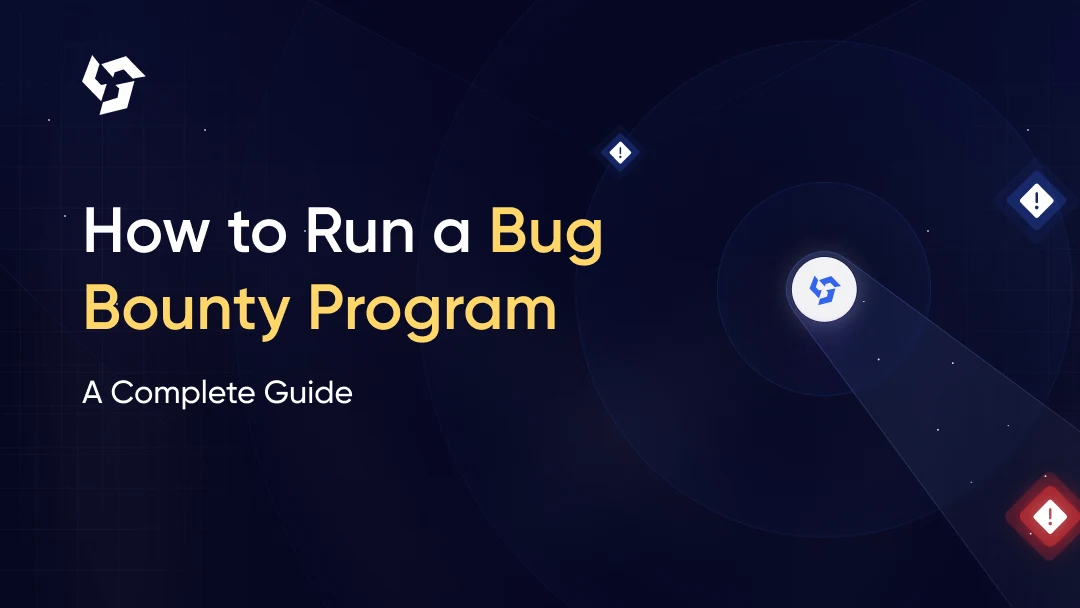





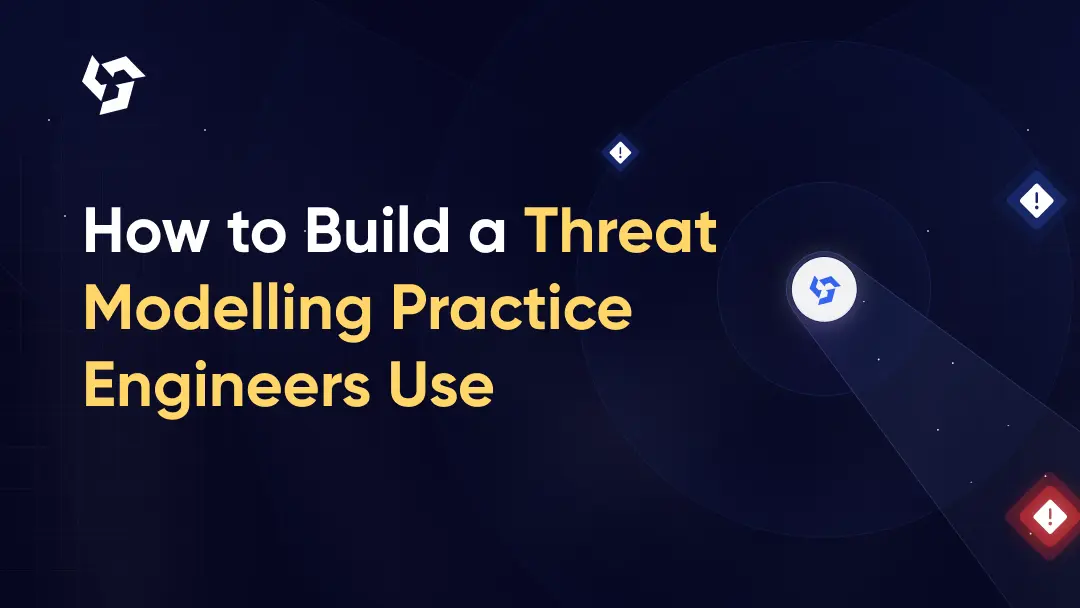
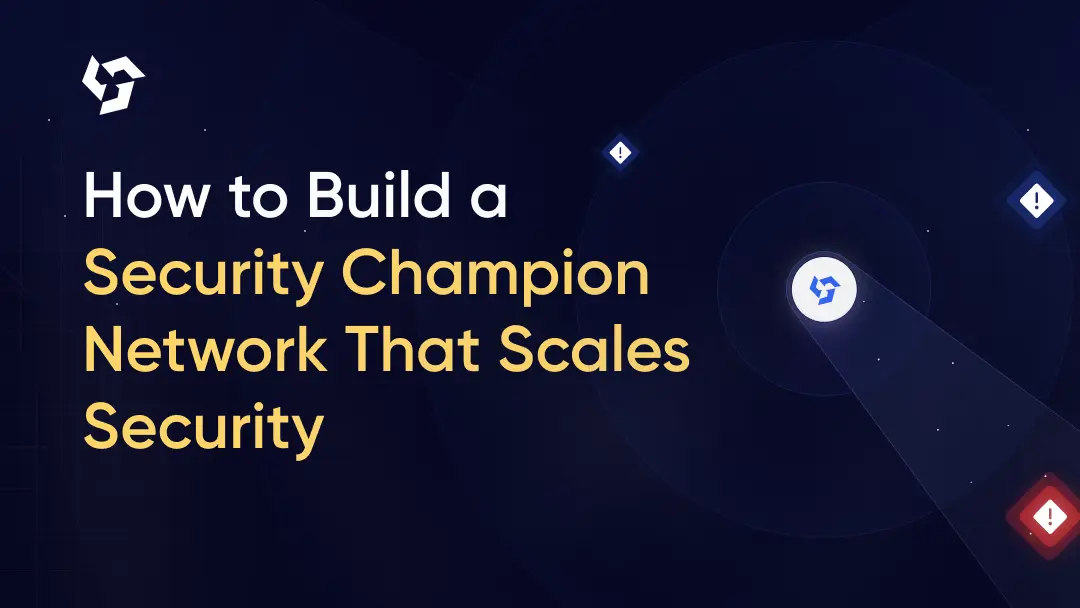

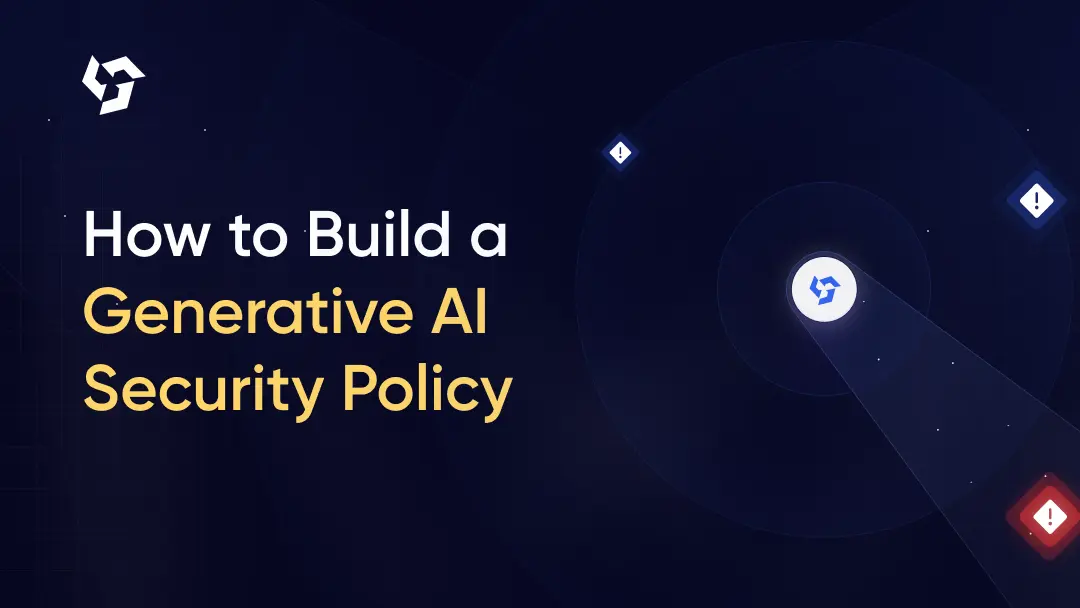
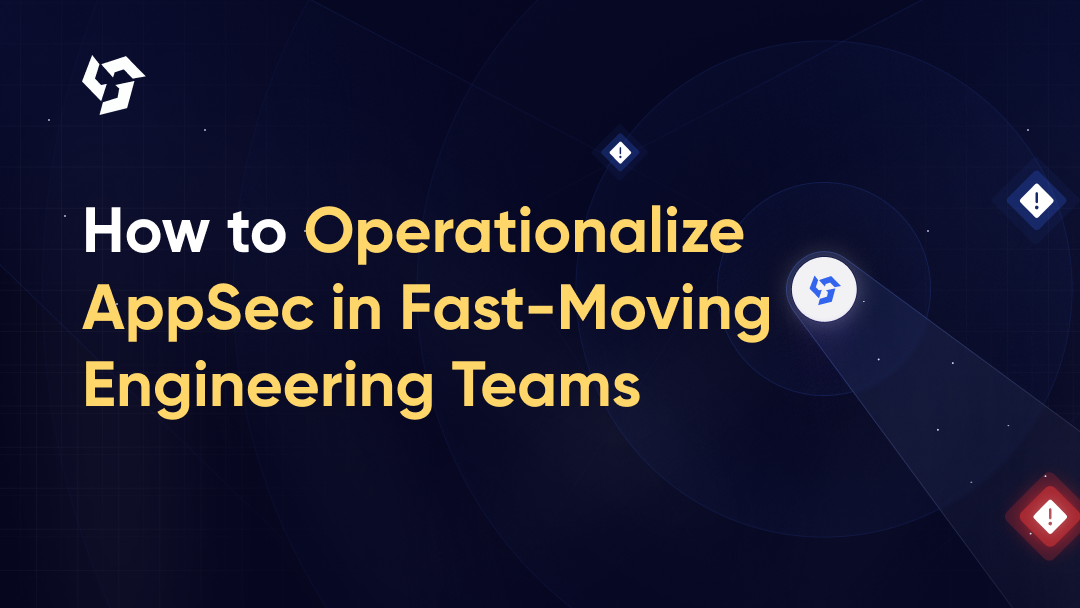

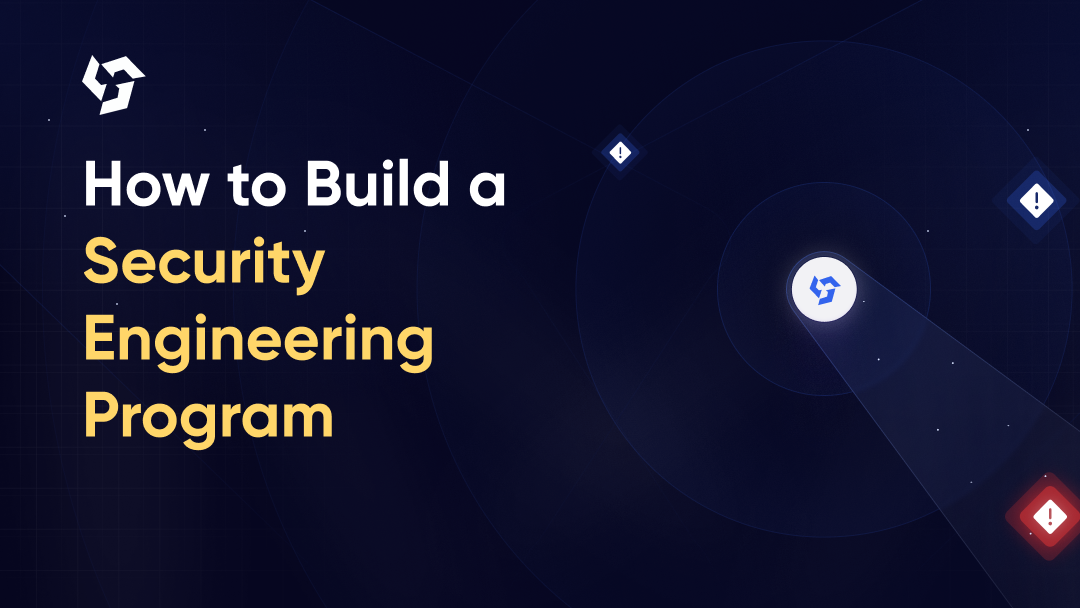

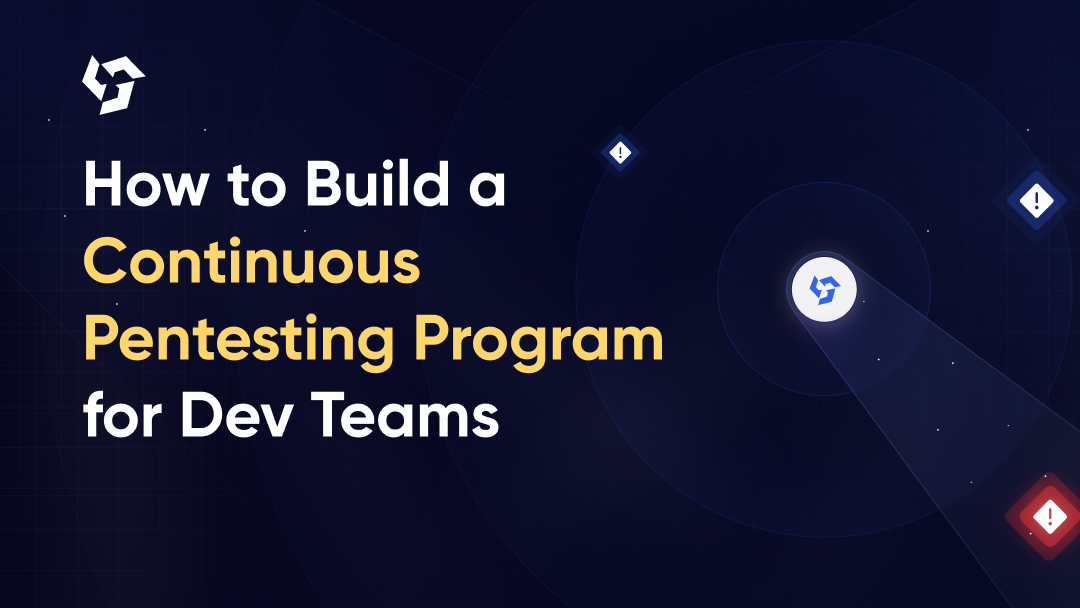



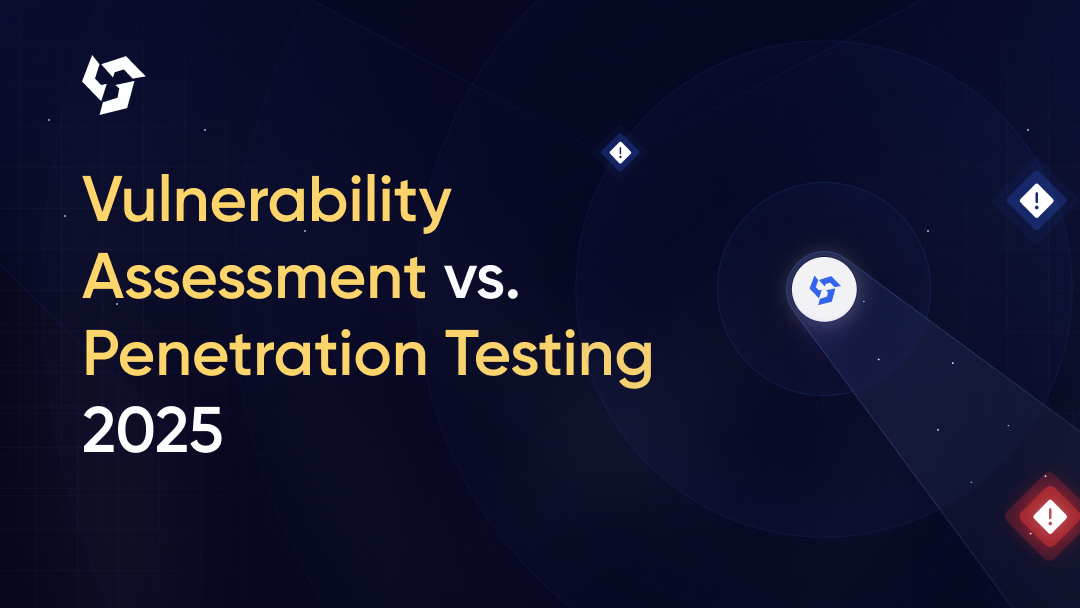

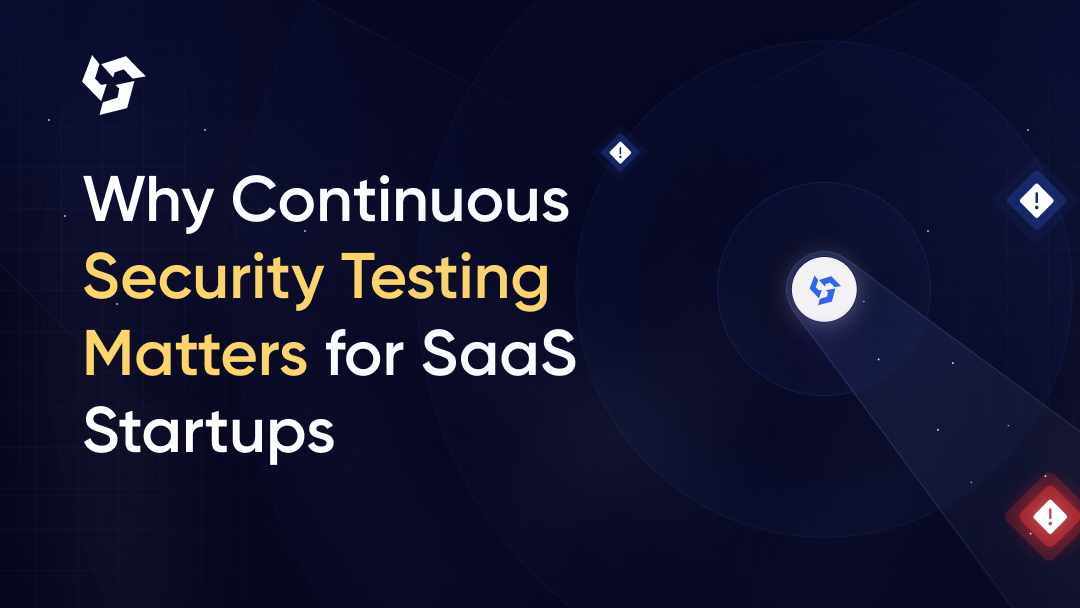
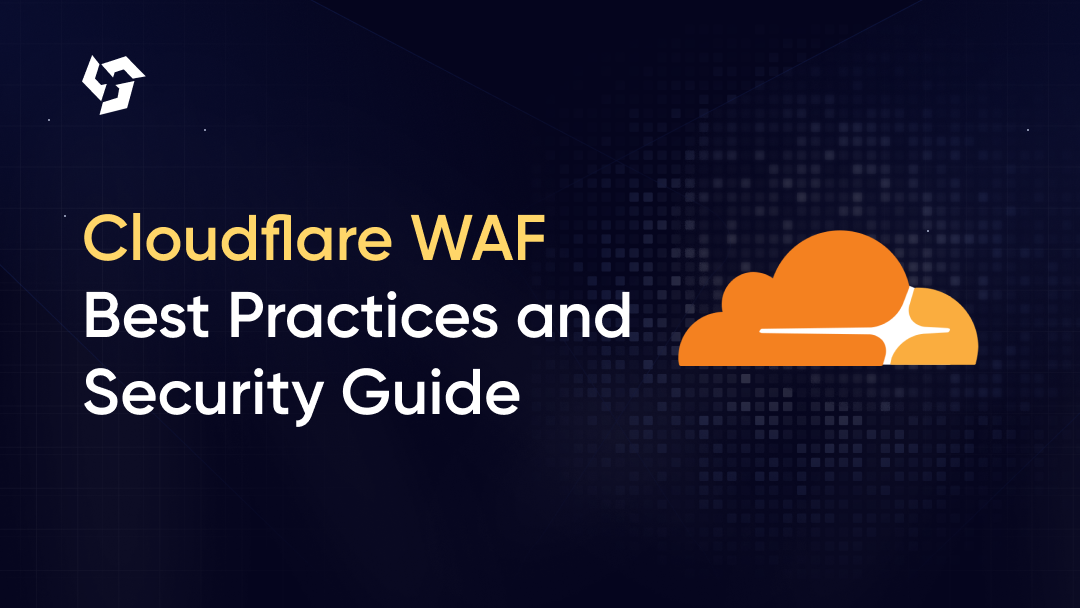

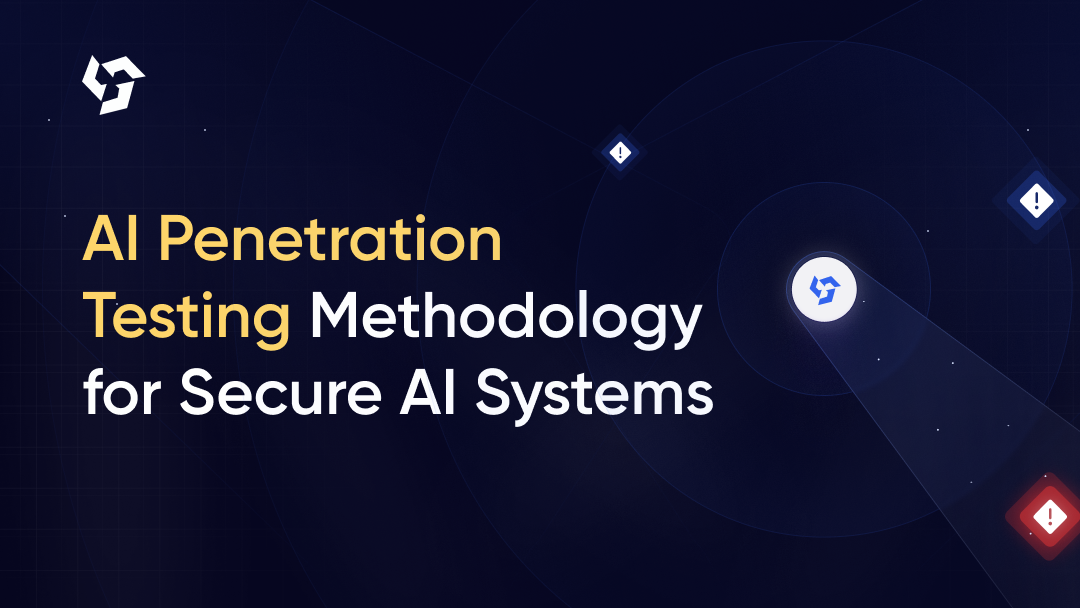

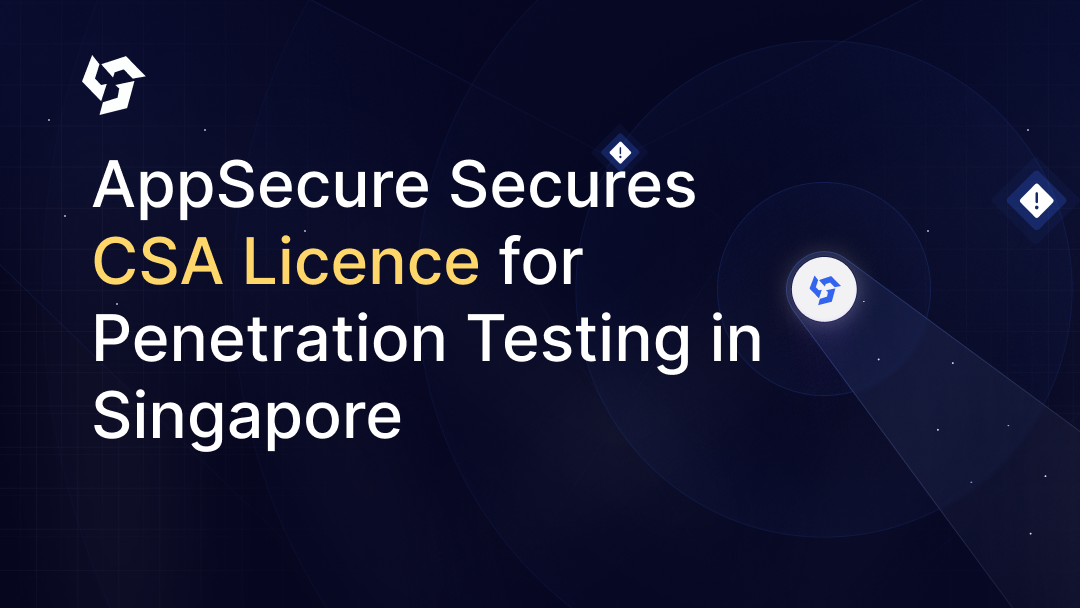
.png)
.png)
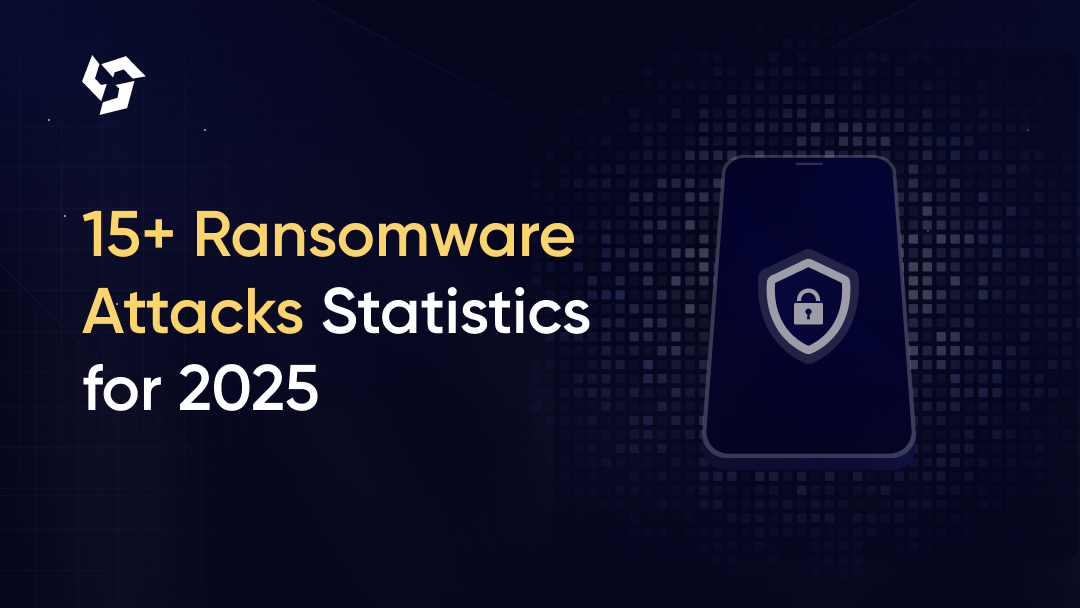
.png)
.png)
.png)
.png)
.png)
.png)
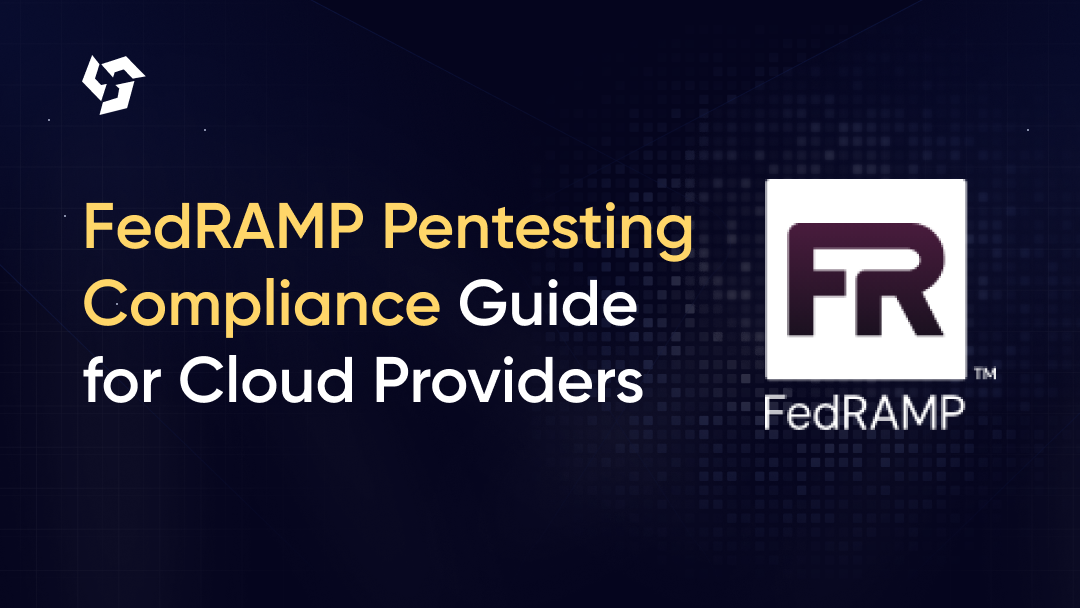
.png)
.png)
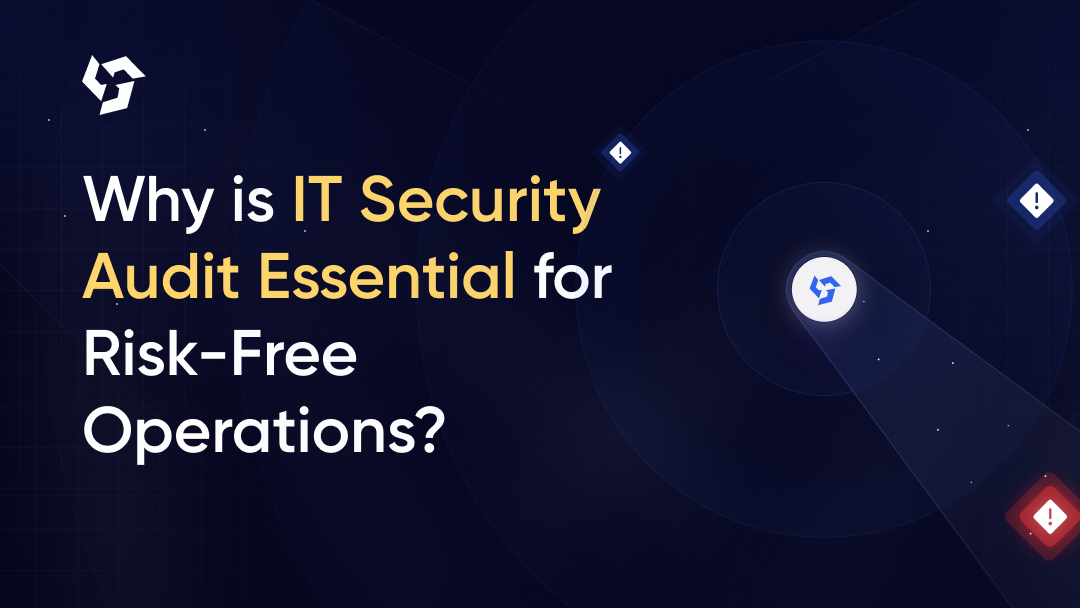

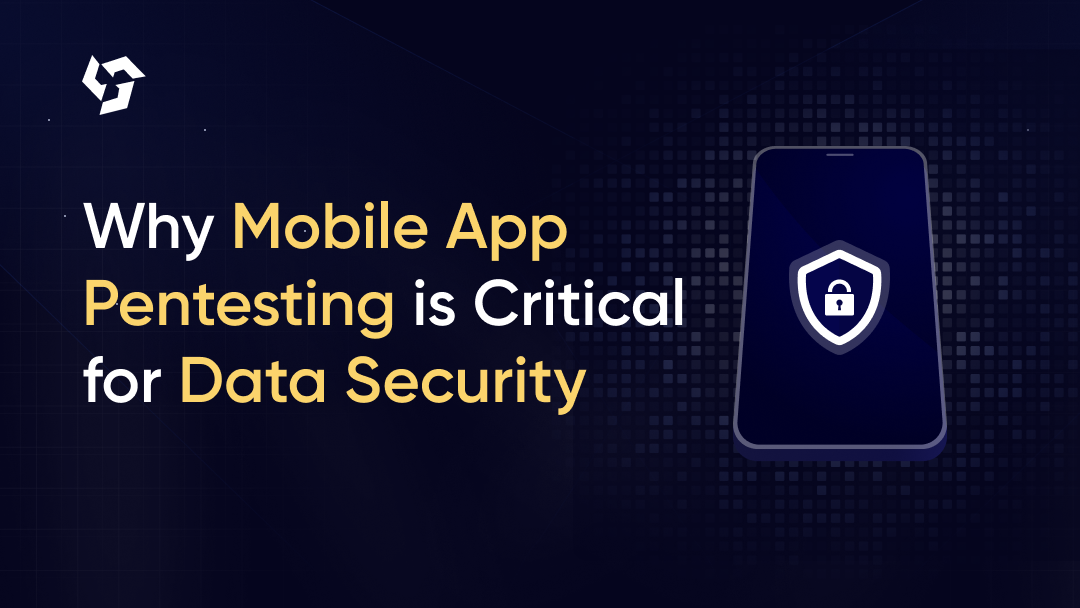
.png)


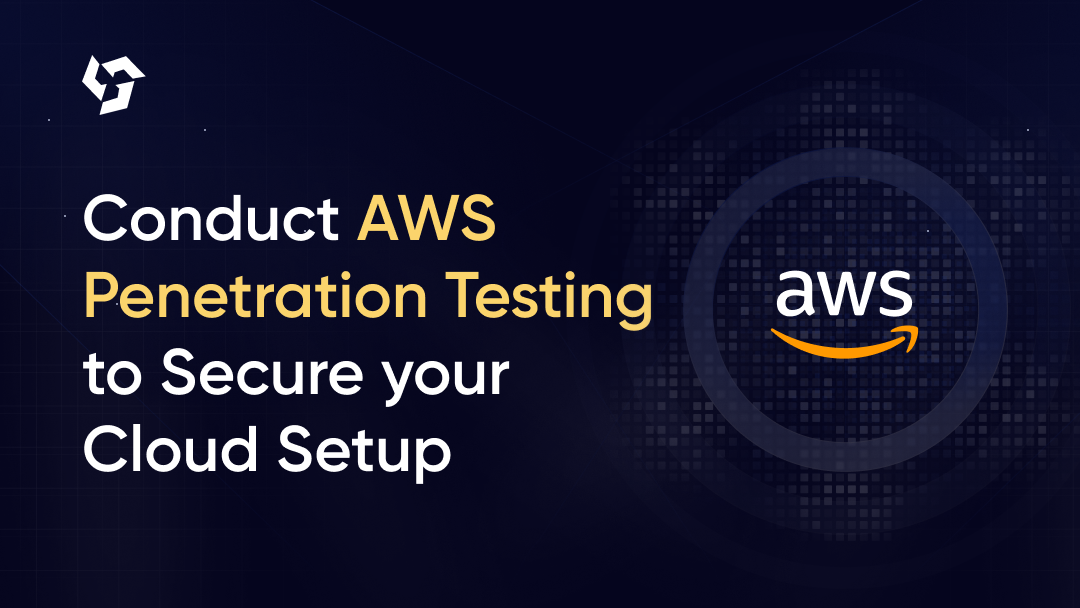
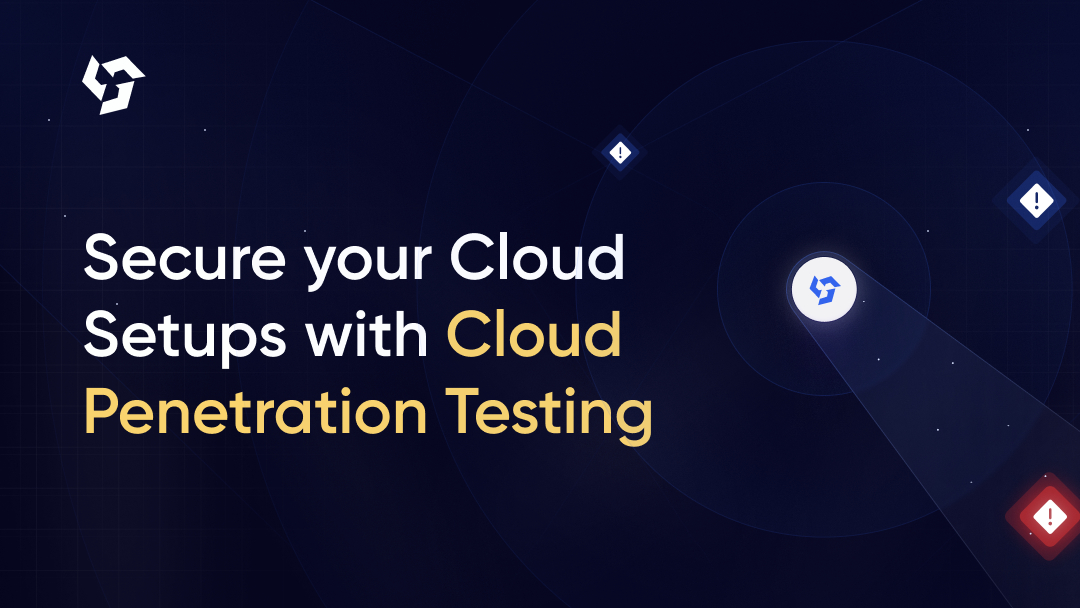
.png)
.png)
.png)
.png)

.png)
.png)
.png)

.png)
.png)
.png)
.png)
.png)

.png)









.webp)





.webp)


.webp)

.webp)



.webp)
.webp)
.webp)
.webp)












.webp)
